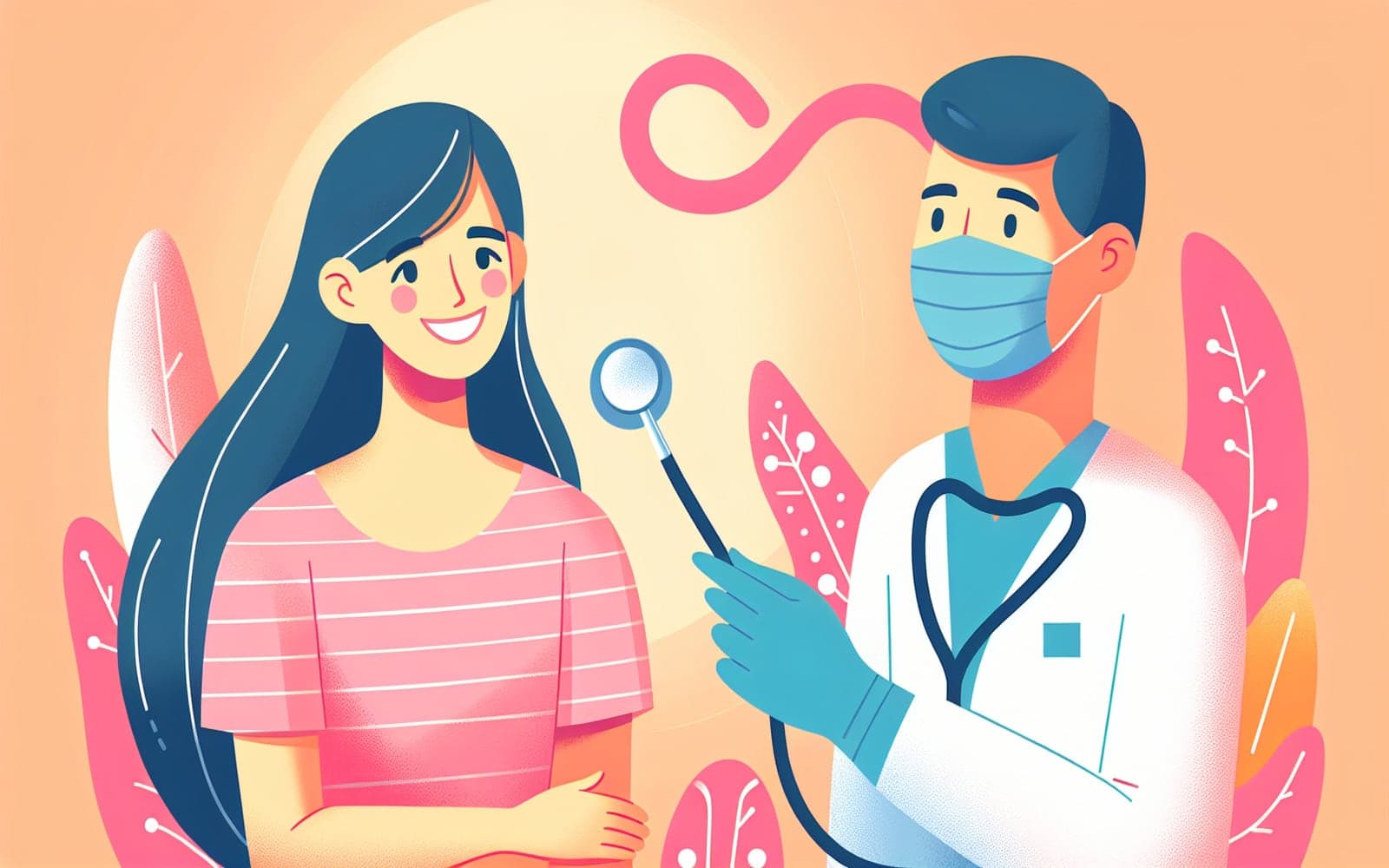Fighting Back: Cutting-Edge Treatments for Guillain-Barré Syndrome
Published: Jan 17, 2024
While Guillain-Barré syndrome (GBS) can be scary, modern treatments offer hope for recovery. Understanding these therapies can help patients and families navigate the treatment journey.
Contents
Plasma Exchange: Filtering Out the Bad Guys
Plasma exchange, or plasmapheresis, is a key treatment for GBS. It works by removing the blood plasma containing harmful antibodies and replacing it with fresh plasma or a plasma substitute. Think of it as an oil change for your blood - removing the contaminated fluid and replacing it with clean fluid. This process can help reduce the attack on your nerves and speed up recovery.
Immunoglobulin Therapy: Reinforcing Your Defenses
Intravenous immunoglobulin (IVIG) therapy is another primary treatment for GBS. It involves infusing healthy antibodies from donors into your bloodstream. These antibodies help to block the harmful antibodies causing GBS. It's like sending in a peacekeeping force to stop the friendly fire in your immune system. IVIG can help reduce the severity of symptoms and accelerate recovery.

Supportive Care: The Unsung Hero
While not as dramatic as plasma exchange or IVIG, supportive care is crucial in GBS treatment. This includes monitoring and supporting breathing (sometimes with mechanical ventilation), preventing complications like blood clots, and managing pain. Physical therapy is also a key component, helping to maintain muscle strength and flexibility during recovery. Think of supportive care as the pit crew in a race - it keeps everything running smoothly while the main treatments do their work.
Emerging Therapies: The Future of GBS Treatment
Research into new GBS treatments is ongoing. Some promising areas include complement inhibitors, which target specific parts of the immune system, and stem cell therapies. While these are still experimental, they offer hope for even more effective treatments in the future. It's like scientists are constantly upgrading the tools in our medical toolkit, giving us better ways to fight GBS.
Frequently Asked Questions
Improvements can be seen within days to weeks.
Generally yes, but they can have side effects.
Usually only one is used; combining them doesn't improve outcomes.
It varies, but initial treatments often last 5-10 days.
Most GBS patients don't need long-term treatment after recovery.
A Multifaceted Approach
Effective GBS treatment combines cutting-edge therapies with comprehensive supportive care, offering the best chance for recovery.
References
- Hughes RA, et al. Lancet Neurol. 2014;13(1):70-82.
- Willison HJ, et al. Lancet. 2016;388(10045):717-727.
- van den Berg B, et al. Nat Rev Neurol. 2014;10(8):469-482.
This article has been reviewed for accuracy by one of the licensed medical doctors working for Doctronic. Always discuss health information with your healthcare provider.
AI Doctor Visit Required
Appointments available 24/7
15-min consultation. No hidden costs.
AI Doctor Visit Required
For safety reasons we have been forced to end this consultation.
If you believe this is a medical emergency please call 911 or your local emergency services immediately.
If you are experiencing emotional distress, please call the the Suicide & Crisis Lifeline at 988 or your local crisis services immediately.
Contact us
You can also email us at help@doctronic.ai
We aim to reply within 5-7 days
How likely are you to recommend Doctronic to friends or family?


